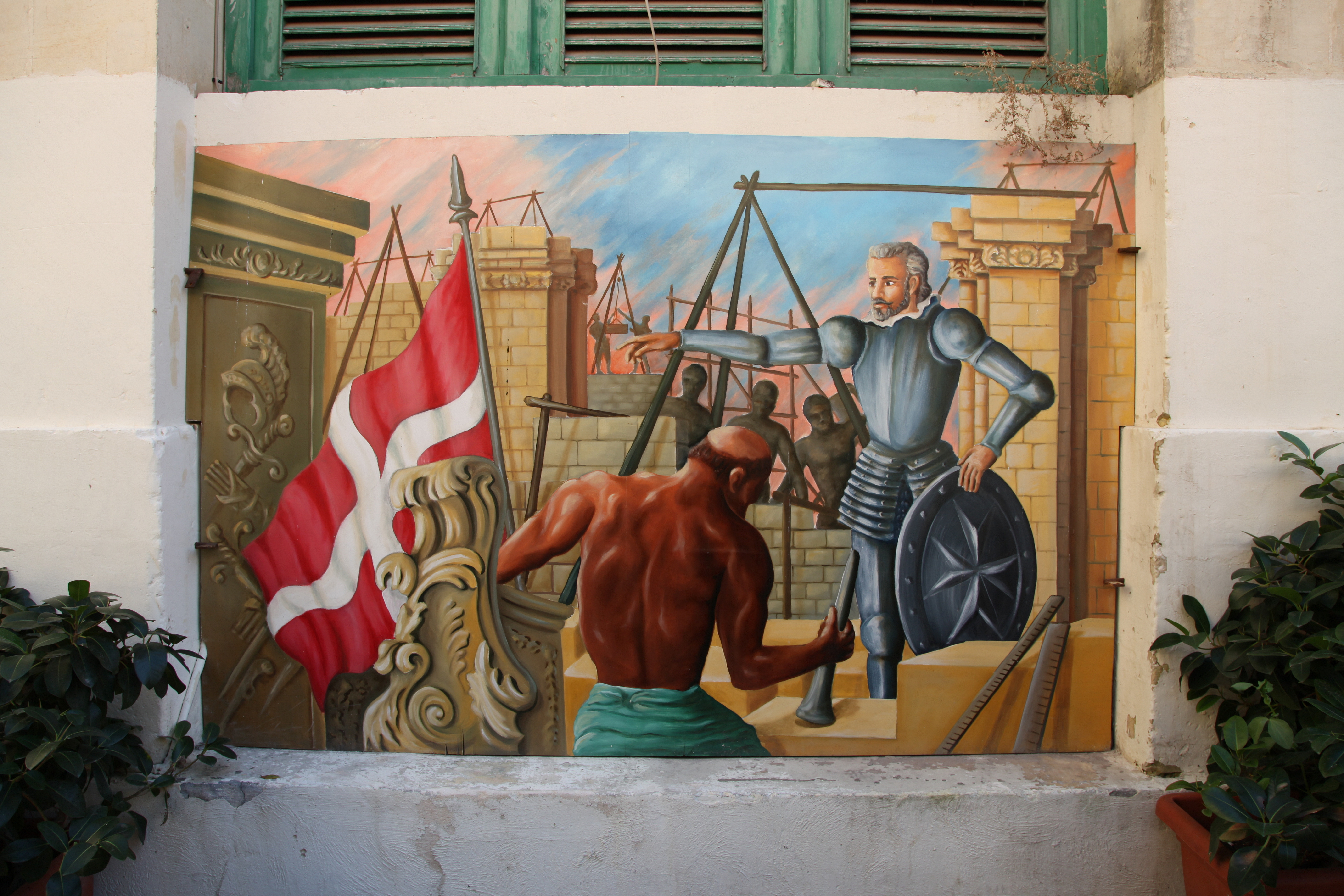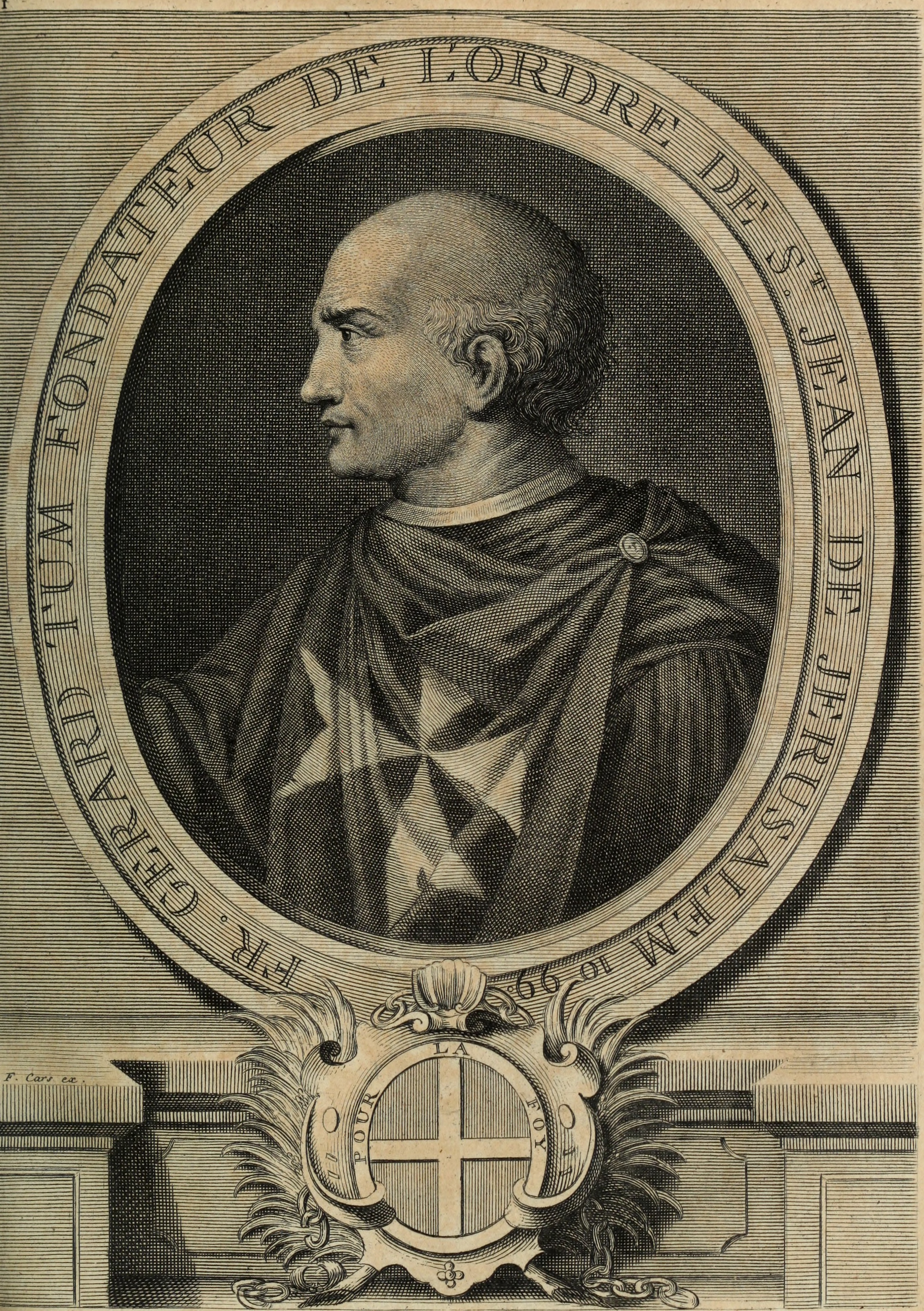|
Giuseppe Mazzuoli (1644–1725)
Giuseppe Mazzuoli (1644 in Volterra – 1725 in Rome) was an Italian sculptor working in Rome in the Bernini-derived Baroque style. He produced many highly accomplished sculptures of up to monumental scale but was never a leading figure in the Roman art world. Life Mazzuoli was born in Volterra and trained in Siena but spent his most of his adult working life in Rome. There, he entered the Atelier, workshop of Ercole Ferrata where he became the only pupil of Melchiorre Cafà who also worked with Ferrata. Like Ferrata, Mazzuoli was frequently drawn on by Gian Lorenzo Bernini to assist with large commissions. He was among the co-workers who cooperated in Bernini's Tomb of Pope Alexander VII (1672–78). When late in 1702 Pope Clement XI and Benedetto Pamphilj, Benedetto Cardinal Pamphili announced their grand scheme for twelve over life-size sculptures of the Apostles in the New Testament, Apostles to fill the niches along the nave of the Basilica of San Giovanni in Laterano, th ... [...More Info...] [...Related Items...] OR: [Wikipedia] [Google] [Baidu] |
Benedetto Pamphilj
Benedetto Pamphili (often with the final ''long i'' orthography, Pamphilj) (25 April 1653 – 22 March 1730) was an Italian cardinal, patron of the arts and librettist for many composers. Life Pamphili was born in Rome on 25 April 1653 into the powerful Pamphili family. His father was Camillo Pamphili who had also been a cardinal but renounced his post to marry Olimpia Aldobrandini. Pamphili was Grand Prior of the Order of St John of Jerusalem in Rome from 1678 until Pope Innocent XI made him cardinal-deacon of Santa Maria in Portico in the consistory of 1 September 1681. He later opted for the tituli of Sant'Agata in Suburra, San Cesareo in Palatio, Santa Maria in Cosmedin and Santa Maria in Via Lata. Innocent XI made him Prefect of the Apostolic Signatura on 23 March 1685. He became Cardinal Legate of Bologna in 1690, cardinal protodeacon in 1693, as well as archpriest of the basilica of Santa Maria Maggiore and of San Giovanni in Laterano. In 1704 he was made lib ... [...More Info...] [...Related Items...] OR: [Wikipedia] [Google] [Baidu] |
Alessandro Algardi
Alessandro Algardi (July 31, 1598 – June 10, 1654) was an Italian high-Baroque sculptor active almost exclusively in Rome. In the latter decades of his life, he was, along with Francesco Borromini and Pietro da Cortona, one of the major rivals of Gian Lorenzo Bernini, in Rome. He is now most admired for his portrait busts that have great vivacity and dignity. Early years Algardi was born in Bologna, where at a young age, he was apprenticed in the studio of Agostino Carracci. However, his aptitude for sculpture led him to work for Giulio Cesare Conventi (1577–1640), an artist of modest talents. His two earliest known works date back to this period: two statues of saints, made of chalk, in the Oratory of Santa Maria della Vita in Bologna. By the age of twenty, Ferdinando I, Duke of Mantua, began commissioning works from him, and he was also employed by local jewelers for figurative designs. After a short residence in Venice, he went to Rome in 1625 with an introduction from th ... [...More Info...] [...Related Items...] OR: [Wikipedia] [Google] [Baidu] |
Baptism Of Christ
The baptism of Jesus, the ritual purification of Jesus with water by John the Baptist, was a major event described in the three synoptic Gospels of the New Testament ( Matthew, Mark and Luke). It is considered to have taken place at Al-Maghtas (also called Bethany Beyond the Jordan), today located in Jordan. Modern biblical scholars view the baptism of Jesus as a historical event to which a high degree of certainty can be assigned. Along with the crucifixion of Jesus, biblical scholars view it as one of the two historically certain facts about him, and often use it as the starting point for the study of the historical Jesus. The baptism is one of the events in the narrative of the life of Jesus in the canonical Gospels; others include the Transfiguration, Crucifixion, Resurrection, and Ascension. The Gospel of John (John 1:28) specifies "Bethabara beyond Jordan", i.e., Bethany in Perea as the location where John was baptizing when Jesus began choosing disciples, and in J ... [...More Info...] [...Related Items...] OR: [Wikipedia] [Google] [Baidu] |
Valletta
Valletta ( ; , ) is the capital city of Malta and one of its 68 Local councils of Malta, council areas. Located between the Grand Harbour to the east and Marsamxett Harbour to the west, its population as of 2021 was 5,157. As Malta’s capital city, it is a commercial centre for shopping, bars, dining, and café life. It is also the southernmost capital of Europe, and at just , it is the European Union's smallest capital city. Valletta's 16th-century buildings were constructed by the Hospitaller Malta, Knights Hospitaller. The city was named after the Frenchman Jean Parisot de Valette, who succeeded in defending the island against an Ottoman invasion during the Great Siege of Malta. The city is Baroque architecture, Baroque in character, with elements of Mannerist architecture#Mannerist architecture, Mannerist, Neoclassical architecture, Neo-Classical and Modern architecture, though the Second World War left major scars on the city, particularly the destruction of the Royal Oper ... [...More Info...] [...Related Items...] OR: [Wikipedia] [Google] [Baidu] |
Sovereign Military Order Of Malta
The Sovereign Military Order of Malta (SMOM), officially the Sovereign Military Hospitaller Order of Saint John of Jerusalem, of Rhodes and of Malta, and commonly known as the Order of Malta or the Knights of Malta, is a Catholic lay religious order, traditionally of a military, chivalric, and noble nature. Though it possesses no territory, the order is often considered a sovereign entity under international law. The Order traces its institutional continuity with the Knights Hospitaller, a chivalric order that was founded about 1099 by the Blessed Gerard in the Kingdom of Jerusalem. The order is led by an elected prince and grand master. Its motto is ("Defence of the faith and assistance to the poor"). The government of the Sovereign Order of Malta has a similar structure to state governments. However, it also includes specific features associated with its nature as a lay religious order, as well as particular terminology evolved from nine centuries of history. The ... [...More Info...] [...Related Items...] OR: [Wikipedia] [Google] [Baidu] |
Philip The Apostle
Philip the Apostle (; Aramaic: ܦܝܠܝܦܘܣ; , ''Philippos'') was one of the Twelve Apostles of Jesus according to the New Testament. Later Christian traditions describe Philip as the apostle who preached in Greece, Syria, and Asia-Minor. In the Roman Rite, the feast day of Philip, along with that of James the Less, is traditionally observed on 1 May, the anniversary of the dedication of the church dedicated to them in Rome (now called the Church of the Twelve Apostles). In the short-lived calendar reform of 1960, it was transferred to 11 May, but since 1969 it has been assigned to 3 May. The Eastern Orthodox Church celebrates Philip's feast day on 14 November. New Testament All three synoptic Gospels and the Book of Acts list Philip as one of the apostles; he is always listed on the fifth place. The Gospel of John recounts Philip's calling as a disciple of Jesus. Philip is described as a disciple from the city of Bethsaida, and the evangelist connects him with Andrew a ... [...More Info...] [...Related Items...] OR: [Wikipedia] [Google] [Baidu] |
Counterproof
In printmaking, a counterproof is a print taken off from another just printed, which, by being passed through the press, gives a copy in reverse, and of course in the same position as that of the plate from which the first was printed, the object being to enable the printmaker to inspect the state of the plate. Counterproofing was used to produce the finest quality copperplate printing; the second print consisted of delicate lines, and lacked the beveled impressions seen in the original print. To ''counter-prove'' is also to pass a drawn design in black lead or red chalk through the press, after having moistened with a sponge both that and the paper Paper is a thin sheet material produced by mechanically or chemically processing cellulose fibres derived from wood, Textile, rags, poaceae, grasses, Feces#Other uses, herbivore dung, or other vegetable sources in water. Once the water is dra ... on which the counterproof is to be taken. References Engraving Printmaking< ... [...More Info...] [...Related Items...] OR: [Wikipedia] [Google] [Baidu] |
Carlo Maratta
Carlo Maratta or Maratti (18 May 162515 December 1713) was an Italian Baroque painter and Drawing, draughtsman, active principallly in Rome where he was the leading painter in the second half of the 17th century. He was a fresco and canvas painter who painted in a wide range of genres, including history painting, history and portrait painting. He is the leading representative of the classicizing style in the Italian Rococo, Late Baroque. He worked for prominent clients in Rome, including various popes.Luca Bortolotti, ''MARATTI, Carlo'' Dizionario Biografico degli Italiani – Volume 69 (2007) Biography The principal contemporary source on Maratta's life is the biography written by his friend, Giovanni Pietro Bellori published in 1732 in Rome under the title ''V ...[...More Info...] [...Related Items...] OR: [Wikipedia] [Google] [Baidu] |
Pierre Le Gros The Younger
Pierre Le Gros (12 April 1666 Paris – 3 May 1719 Rome) was a French sculptor, active almost exclusively in Baroque Rome where he was the pre-eminent sculptor for nearly two decades.Gerhard Bissell, ''Pierre le Gros, 1666–1719'', Reading, Berkshire 1997. He created monumental works of sculpture for the Jesuits and the Dominicans and found himself centre stage of the two most prestigious artistic campaigns of his era, the ''Altar of Saint Ignatius of Loyola'' in the Gesù and the cycle of the twelve huge ''Apostle statues'' in the nave of the Lateran basilica. Le Gros' handling of the marble attracted powerful patrons like the papal treasurer Lorenzo Corsini (much later to become Pope Clement XII) and Cardinal de Bouillon, as Dean of the Sacred College the highest ranking cardinal. He also played a prominent role in more intimate settings like the chapel of the Monte di Pietà and the Cappella Antamori in San Girolamo della Carità, both little treasures of the Roma ... [...More Info...] [...Related Items...] OR: [Wikipedia] [Google] [Baidu] |
Roman Catholic Diocese Of Würzburg
The Diocese of Würzburg () is a Latin Church diocese of Catholic Church in Germany. The diocese is located in Lower Franconia, around the city of Würzburg, and the bishop is seated at Würzburg Cathedral. Founded in 741, the diocese lost all temporal power after the Napoleonic wars. See Bishopric of Würzburg for more information about the history of the diocese. History The first Apostle of Christianity for the territory now included in the Diocese of Würzburg was the Irish missionary, Saint Kilian, the Apostle of Franconia. who converted Gozbert the Frankish duke of Thuringia.Lauchert, Friedrich. "St. Kilian." The Catholic Encyclopedia Vol. 8. New York: Robert Appleton Company, 1910. 27 December 2022 In his castle above Würzburg, Gozbert's son [...More Info...] [...Related Items...] OR: [Wikipedia] [Google] [Baidu] |








